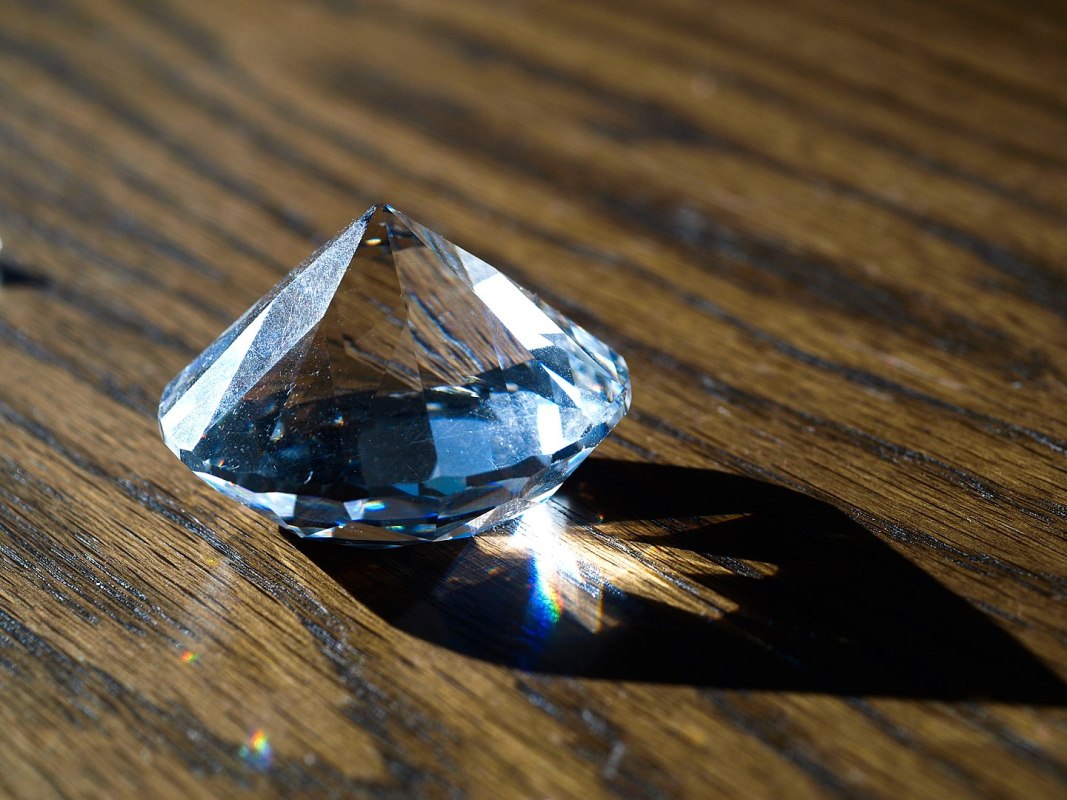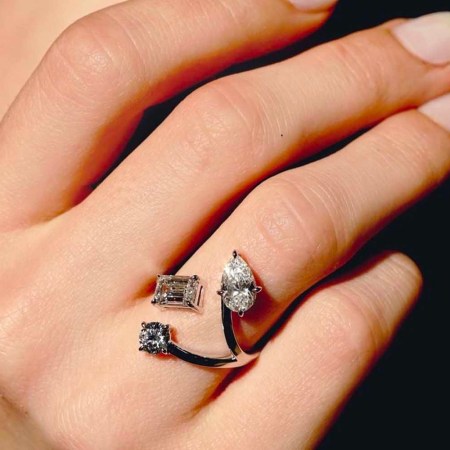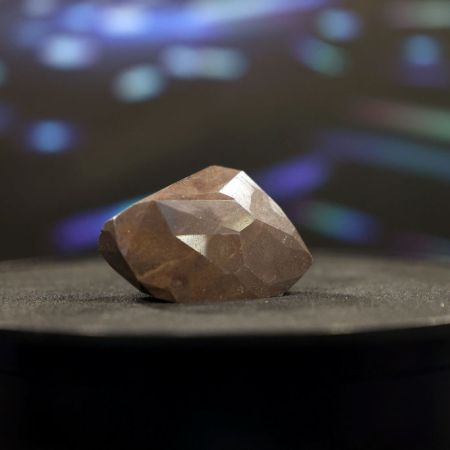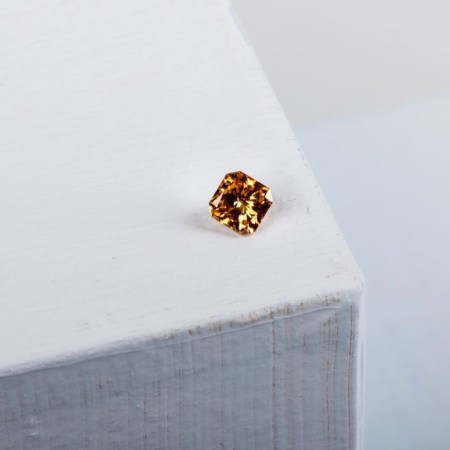There’s an argument to be made that lab-grown diamonds represent a huge ethical leap forward for the jewelry industry. If you’re removing the risk to miners and preventing instances of exploitation, it’s not hard to see the appeal. And a host of celebrities have embraced the practice, including Meghan Markle; Leonardo DiCaprio is an investor in a company that grows diamonds. It certainly seems like momentum is on the side of the labs here.
This might be the conventional wisdom, but there are also some who vehemently disagree. Writing at Air Mail, Matthew Hart argues that mined diamonds aren’t as bad as you might think — and lab-grown diamonds aren’t as virtuous.
Hart has plenty of experience writing about the industry, notably in the book Diamond: The History of a Cold-Blooded Love Affair. (He’s also the author of Gold: The Race for the World’s Most Seductive Metal; you may notice a theme here.) And he makes his point about lab-grown diamonds early on: “They are not greener or more ethical than mined. They’re cheaper. Don’t buy them for any other reason.”
Hart goes on to flesh out his argument, pointing out that diamond mining is a well-regulated, well-paying industry in most nations — and that the process of growing diamonds in labs involves an alarming amount of energy. “WD Lab Grown will provide buyers with certificates of ‘climate neutrality,’” Hart writes. “That’s admirable, but they can do it only by making offset investments — not because lab-grown itself is green.”
It’s a contrarian take on the current state of diamonds, but it also provides plenty of food for thought — and a few lines of inquiry that might be worth digging into once you’ve finished reading Hart’s piece.
Thanks for reading InsideHook. Sign up for our daily newsletter and be in the know.
















